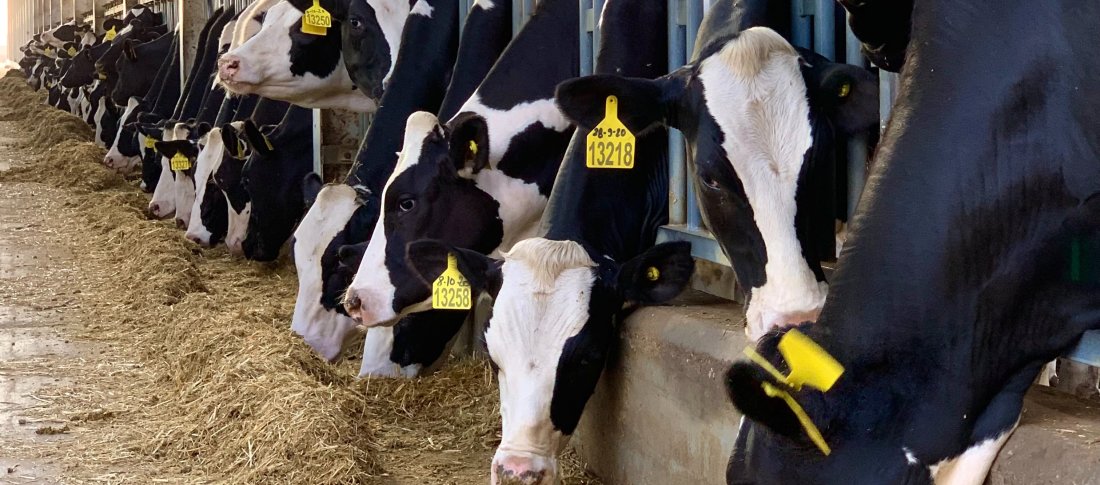Fat: we all need a bit of it - and so do our dairy cows.
We know that in a bid to overcome the financial challenges of running a dairy herd, some dairy farmers might be tempted to cut corners when it comes to feeding. Many feel a lack of results in the short term, equates to minimal long-term gains.
But the reality is, cutting back on feed fats can be a false economy - with fertility, productivity and, ultimately, profitability the biggest victims in feeding below recommended levels.
Let us explain why…
What are the effects of not feeding enough of the right fat to your dairy herd?
First things first, let’s bust a myth or two. Fat is present in all food – grass for example contains around 3.5% fat and cereals around 1.5 – 2.5% fat. So that’s a good start, however the average high yielding cow requires 6% (or more) fat in the dry matter she consumes, in order to meet productivity requirements.
Failure to meet the animal’s requirements for fat will result in below optimum efficiency of milk production and poor fertility. As the highest energy density ingredient available, cutting back on fat in the diet can cause a big knock to energy supply.
Which for you as a dairy farmer, only equals reduced profits.
Fat supplements must be rumen-protected
Adding high levels of unprotected fats from standard feed ingredients (e.g. brewer’s grains, distillers) can produce an oil slick in the cow’s rumen. And as we all know, oil slicks are never good. In the case of the cow’s rumen, they prevent bacteria from breaking down feed fibre, slowing digestion and reducing feed efficiency. This is why all supplements in the Megalac range comprise of rumen-protected fats.
What are the benefits of feeding the right amount of fat to your dairy herd?
The rumen-protected fatty acids in Megalac products have no negative impact on regular rumen or digestive function, meaning you can feed the right amount of fat, without hitting fibre digestibility.
It’s recommended that 15 – 20% of the metabolisable energy in a cow’s diet comes from fat. A good rule of thumb is that the amount of fat the cow consumes should equal the amount of fat she produces in her milk, when her body condition is stable.
Check out our Feed Fats Calculator >>> to determine the optimum feeding rates for your herd.
The benefits of supplementing with Megalac rumen-protected fat include:
- Improved milk production (2.3 litres per cow per day from US data)
- Improved fertility
- Increased profitability
Let’s finish with some feed fat facts >>>
- Fat has the highest energy density of any nutrient, with around 2.5-times that of cereals, making it an ideal feed to meet those enhanced energy demands required for milk production.
- Fertility falls by around 10% for every 0.5 unit loss in body condition score.
- Omega-3 and omega-6 are essential fatty acids that have contrasting effects on the animal.
- Fat generates considerably less heat than other energy sources, producing a nutrition-based mechanism to reduce heat stress.
